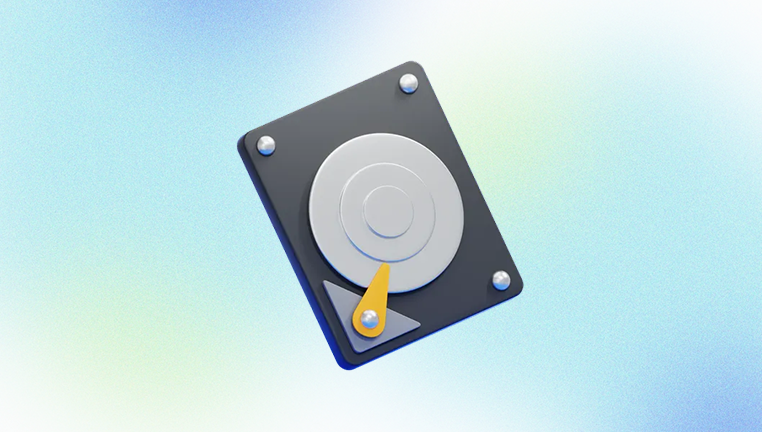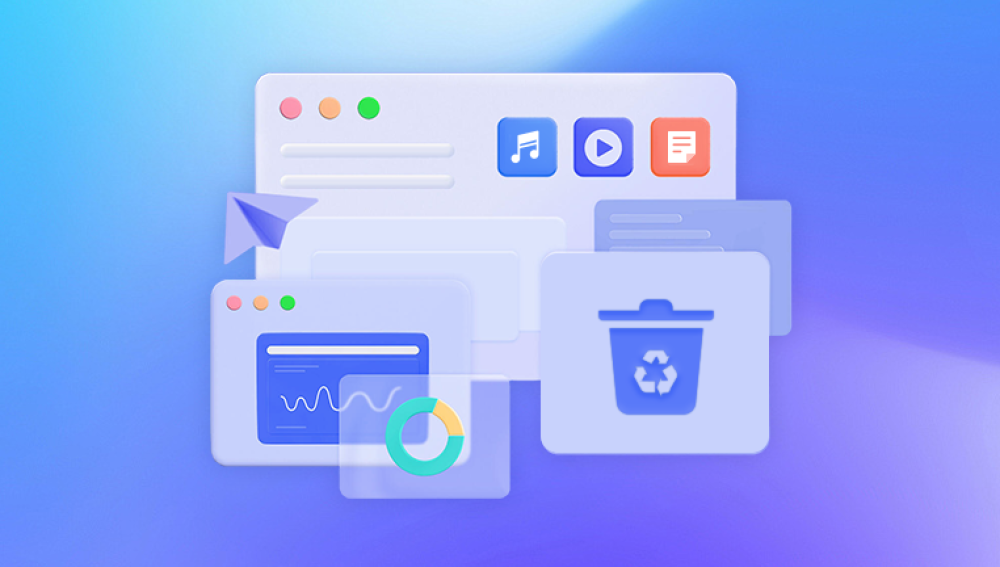The sinking feeling of realizing that crucial files have been deleted from your external hard drive can be overwhelming. Fortunately, not all is lost. In many cases, deleted data can be recovered—provided you act swiftly and follow the proper steps. This comprehensive guide walks you through everything you need to know about recovering deleted files on an external hard drive, from understanding how data deletion works to using professional-grade recovery tools and preventive strategies for the future.
How File Deletion Works
When you delete a file from an external hard drive, it often doesn’t vanish immediately. Instead, the file’s space is marked as available for new data. The actual file content remains on the drive until it is overwritten by new data. This window of opportunity is when data recovery is most likely to be successful.

What Happens When You Delete a File?
Soft Deletion: The file is removed from view, but its data still exists.
Hard Deletion: When space is overwritten or the drive is formatted, data recovery becomes more complex.
File System Changes: Sometimes, files are lost due to corruption or file system errors rather than direct deletion.
By understanding this process, you can better appreciate why immediate action improves your chances of success.
Common Reasons for File Deletion on External Drives
External hard drives are susceptible to various issues that can lead to data loss:
Accidental Deletion: One of the most common causes, especially when cleaning up files or organizing folders.
Formatting Errors: Reformatting the drive without backing up data.
File System Corruption: Caused by improper ejection, power surges, or malware.
Virus/Malware Attacks: Malicious software can delete or corrupt files.
Hardware Failures: Mechanical or logical failures can result in unreadable data.
Recognizing the cause of deletion can help determine the most appropriate recovery method.
Immediate Steps to Take After File Deletion
Timing is everything when it comes to data recovery. Follow these initial steps to avoid further damage:
Stop Using the Drive: Do not add or move files to the external drive to avoid overwriting the deleted data.
Safely Eject the Drive: Improper removal can cause further damage to the file system.
Do Not Reformat or Run Check Disk: Reformatting and certain system repairs can hinder recovery efforts.
Identify the File Type and Size: Knowing what you’re trying to recover can help you select the right tools.
Once these precautions are in place, you can begin the recovery process.
Built-In Recovery Options for Windows and macOS
Before turning to third-party solutions, it’s worth checking your operating system’s built-in recovery tools.
For Windows Users:
Recycle Bin (If Applicable)
Sometimes, files deleted from an external drive may be redirected to the Recycle Bin—though this depends on system configuration.
Open the Recycle Bin.
Search for the deleted file.
Right-click and choose Restore.
If not found, proceed to File History or recovery software.
File History (If Enabled)
Windows File History can recover previous versions of files stored on external drives if backed up.
Go to Control Panel > File History.
Select Restore personal files.
Navigate to the folder or file in question.
Click Restore to recover the item.
For macOS Users:
Trash
If the file was deleted via Finder, check the Trash.
Open Trash from the Dock.
Look for the deleted file.
Right-click and select Put Back.
Time Machine
Time Machine backups can help recover files if the external drive was included in the backup.
Connect your Time Machine drive.
Enter Time Machine via the menu bar.
Browse previous snapshots to locate the deleted file.
Click Restore.
These native options are only helpful if backups exist or the file hasn't been permanently deleted. Otherwise, data recovery software is the next best step.
Using Data Recovery Software
When files are not found using basic methods, professional-grade software tools can help recover deleted files from an external hard drive. These tools are designed to scan drives deeply and retrieve lost data, even from formatted or damaged partitions.
Recommended Data Recovery Software
Here are some of the most effective tools:
1. Drecov Data Recovery
Features: Deep and quick scan modes, supports various file systems (NTFS, FAT32. exFAT), previews files before recovery.
Pros: User-friendly interface, high recovery success rate.
Usage:
Install the software.
Select the external drive.
Choose scan type.
Preview and recover files.
How to Use Recovery Software
While software interfaces may vary, the recovery process generally follows these steps:
Download and Install: Use a different drive to install the software to avoid overwriting deleted files.
Connect External Drive: Plug in your external hard drive.
Select Drive and Scan: Choose your external drive and initiate the scan.
Preview Results: Many tools allow previewing files before recovery.
Recover Files: Select the files to recover and save them to a different drive or partition.
Tips for Successful Recovery
Use Deep Scan if Quick Scan yields limited results.
Recover files to a different storage location to avoid overwriting.
If files are partially damaged, some tools can repair corrupted images, videos, and documents.
Recovery Using Command Line Tools
Advanced users may attempt recovery through command-line utilities, particularly on Linux or Windows.
Windows Command Prompt (CMD)
Attrib Command – Recover hidden files.
cmd
CopyEdit
attrib -h -r -s /s /d X:\*.*
Replace X: with your external drive letter.
chkdsk – Repair file system errors.
cmd
CopyEdit
chkdsk X: /f
Use this only if data loss was caused by file system errors—not for deleted files.
Linux Users
TestDisk – Advanced recovery for lost partitions and deleted files.
bash
CopyEdit
sudo testdisk
This powerful tool is suitable for those comfortable with terminal interfaces.
Professional Data Recovery Services
If DIY methods fail or if the drive is physically damaged, professional help may be the only option.
When to Consider a Data Recovery Service:
Clicking or grinding noises from the drive.
Drive not recognized at all.
Prior recovery attempts failed.
Drive was dropped or exposed to water.
What Professionals Offer:
Cleanroom facilities for handling damaged drives.
Tools for chip-level recovery.
Ability to extract data from RAID or encrypted partitions.
Pros and Cons:
Pros: Highest chance of recovery, especially for physical damage.
Cons: Expensive, sometimes costing hundreds to thousands of dollars.
Ensure you choose a reputable service with verified success rates and secure data handling policies.
Preventing Future File Deletion and Data Loss
An ounce of prevention is worth a pound of recovery. Here’s how to minimize your risk:
1. Enable Backups
Use cloud services like Google Drive, Dropbox, or OneDrive.
Use backup software to create regular snapshots of external drives.
2. Safely Eject Drives
Always use the safely remove hardware feature to prevent file system corruption.
3. Avoid Using External Drives During Power Fluctuations
Surges and outages can corrupt data. Use surge protectors.
4. Keep Antivirus Software Updated
Protect against malware that could delete or encrypt your files.
5. Organize Files Carefully
Avoid bulk deletion and always double-check before emptying the trash.
6. Use Write Protection
Some drives and USB devices offer write protection switches to prevent accidental changes.




